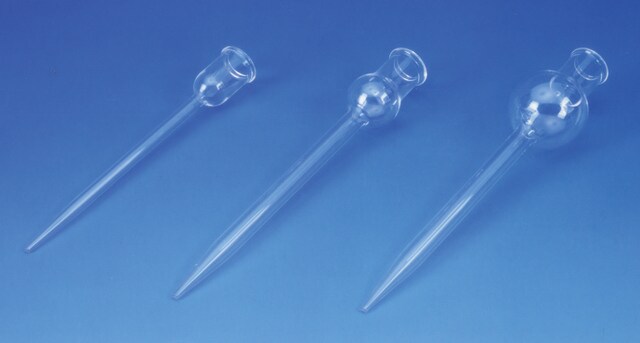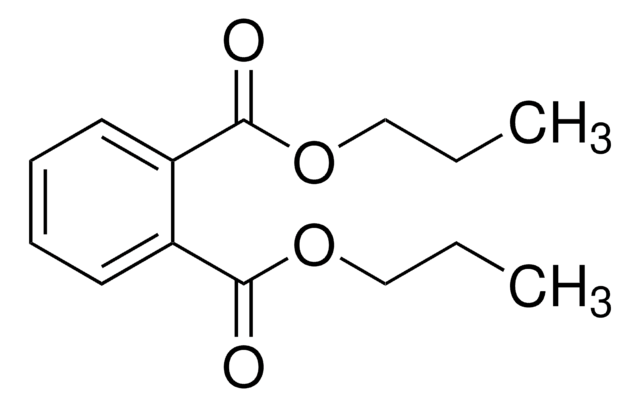MABF2074
Anti-MuLV TM Antibody, clone 42-114
clone 42-114, from rat
Synonim(y):
Murine leukemia virus
About This Item
Polecane produkty
pochodzenie biologiczne
rat
Poziom jakości
forma przeciwciała
purified immunoglobulin
rodzaj przeciwciała
primary antibodies
klon
42-114, monoclonal
reaktywność gatunkowa
virus
opakowanie
antibody small pack of 25 μL
metody
immunoprecipitation (IP): suitable
western blot: suitable
izotyp
IgMκ
docelowa modyfikacja potranslacyjna
unmodified
Opis ogólny
Specyficzność
Immunogen
Zastosowanie
Western Blotting Analysis: A representative lot detected MuLV TM in Western Blotting applications (Schneider, W.M., et. al. (2008). Virology. 371(1):165-74).
Inflammation & Immunology
Jakość
Western Blotting Analysis: A 1:250 dilution of this antibody detected MuLV TM in HEK293 cells infected with murine leukemia virus (MuLVs).
Opis wartości docelowych
Postać fizyczna
Przechowywanie i stabilność
Inne uwagi
Oświadczenie o zrzeczeniu się odpowiedzialności
Nie możesz znaleźć właściwego produktu?
Wypróbuj nasz Narzędzie selektora produktów.
Kod klasy składowania
12 - Non Combustible Liquids
Klasa zagrożenia wodnego (WGK)
WGK 1
Certyfikaty analizy (CoA)
Poszukaj Certyfikaty analizy (CoA), wpisując numer partii/serii produktów. Numery serii i partii można znaleźć na etykiecie produktu po słowach „seria” lub „partia”.
Masz już ten produkt?
Dokumenty związane z niedawno zakupionymi produktami zostały zamieszczone w Bibliotece dokumentów.
Nasz zespół naukowców ma doświadczenie we wszystkich obszarach badań, w tym w naukach przyrodniczych, materiałoznawstwie, syntezie chemicznej, chromatografii, analityce i wielu innych dziedzinach.
Skontaktuj się z zespołem ds. pomocy technicznej








